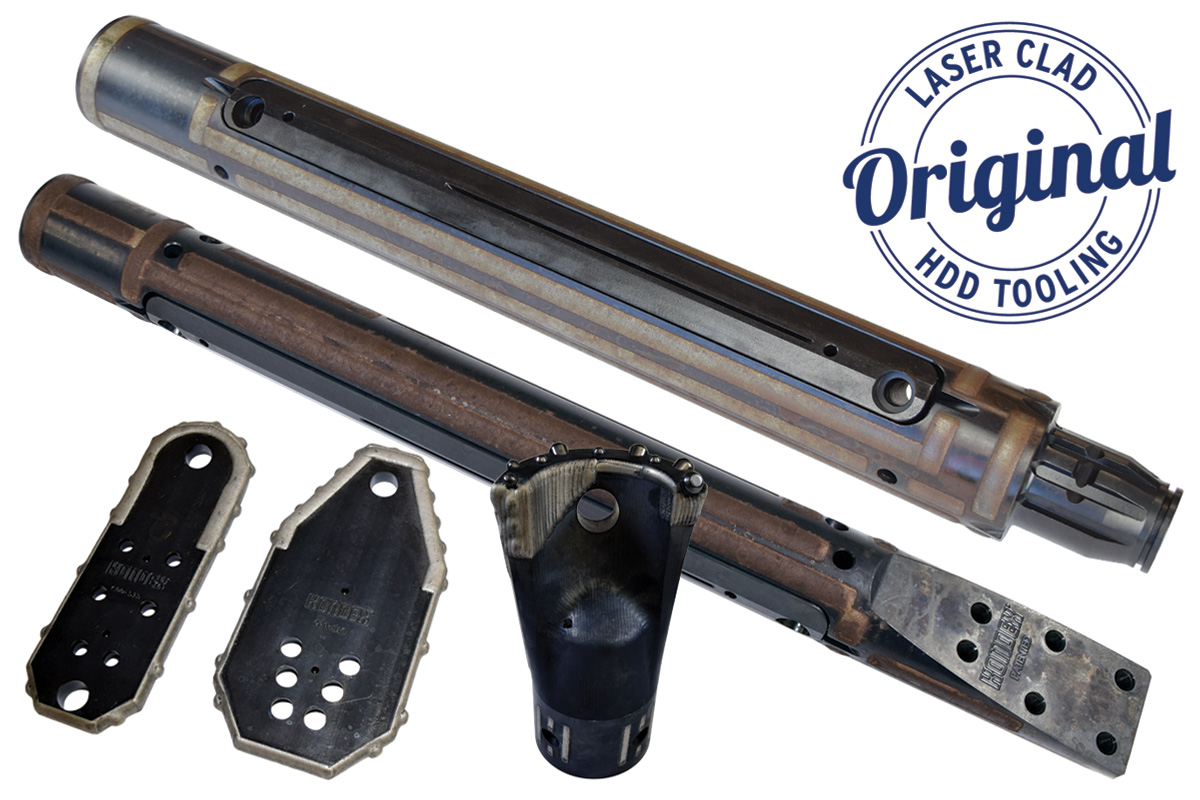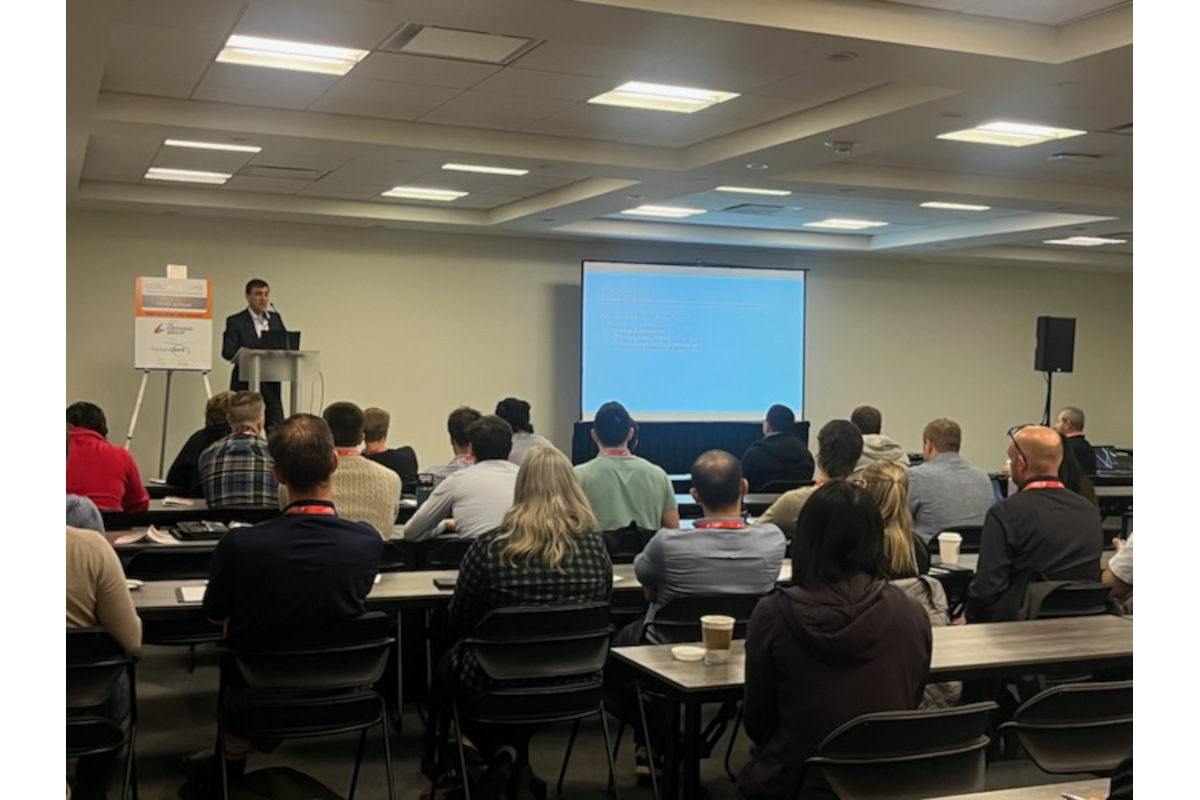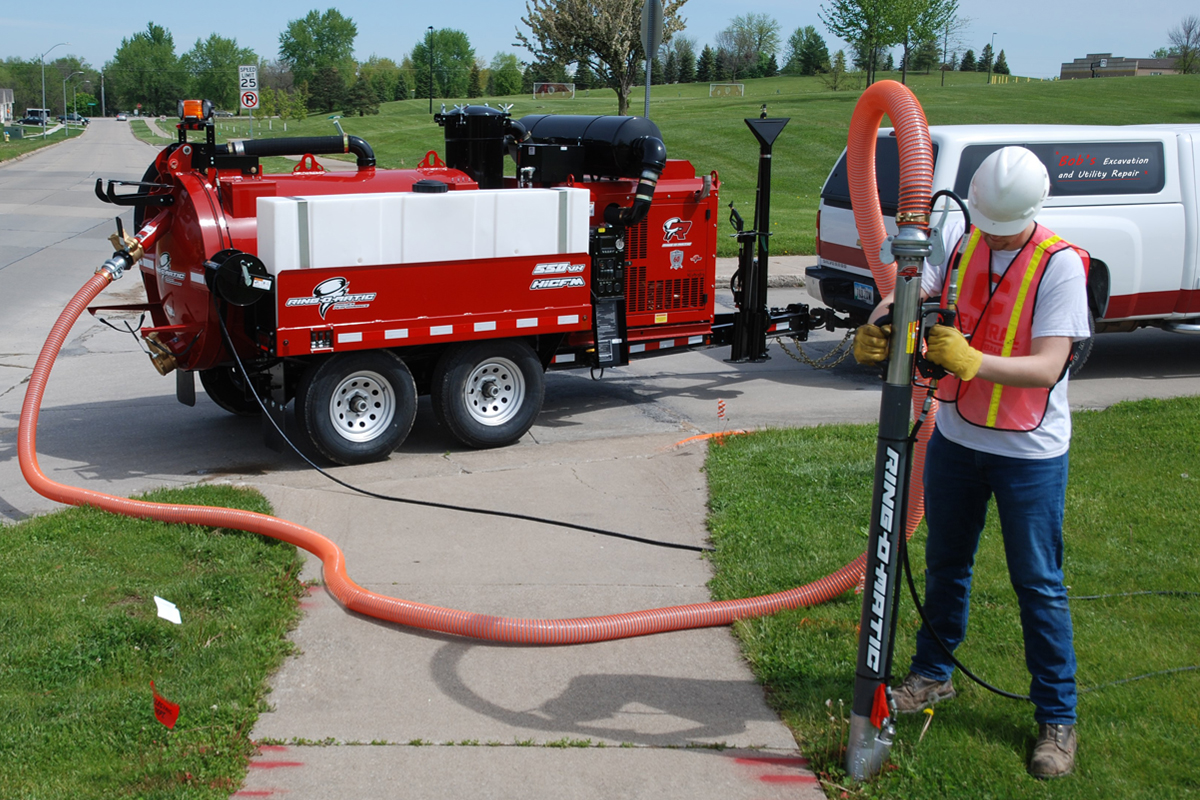Drill Master: Keys to GPR System Selection
In the April 2003 issue of Trenchless Technology, Christopher Proulx of TBE Group Inc. discussed the evolution of ground penetrating radar (GPR) as a tool for the detection of subsurface infrastructure.
As a review, GPR operates on the principle that high-frequency electromagnetic waves are reflected off boundaries having differing electrical properties than the surrounding subsurface material. These boundaries may be associated with geologic layering or man-made objects. The return signals from these boundaries are detected with a second antenna, processed and displayed in real-time to provide a profile view of the “electrical” structure (not the physical structure) of the subsurface. Linear reflection patterns may be correlated to soil layering, bedrock interface, water table or buried foundations. Reflection patterns shaped as hyperbolas are indicative of buried pipes, barrels or rocks.
Within the past five years, technological advances have produced several easy-to-use, cart-based GPR systems tailored to the utility locating market. The April 2003 article listed several manufacturers and suppliers of such systems. When considering or selecting a GPR system, two important questions should be answered: 1) Will the GPR system work in your region? and 2) Will the GPR system meet your current and intended needs?
Answering the first question is critical when considering the purchase or use of a GPR system and is often the “go or no-go” decision. Two electrical parameters, as discussed in the earlier article, govern how well a GPR system will perform. The electrical conductivity and electrical permittivity (dielectric constant) describe the amount of signal absorption and depth of investigation one might expect. The best subsurface conditions for GPR work are in those soils having low-conductivity and low-permittivity values such as dry sand. Signal attenuation will increase and the depth of exploration will decrease as more moisture, more clay particles or more mineralization are present in the subsurface.
While evaluating GPR systems, it is always recommended that one or more GPR manufacturers or suppliers conduct a demonstration for you to see if the equipment performs to your expectations in your “typical” soil conditions. If a particular GPR system is able to resolve buried targets to sufficient exploration depths, it is likely that most other GPR systems will have success in locating buried targets because the physics of transmitting electromagnetic energy into the ground and the subsurface soil parameters will be similar for all GPR systems.
That then leaves issues regarding ease-of-use, system features, functionality and cost as the determining factors in making your GPR system choice. These factors are based on the intended use of the instrument to personal preferences during operation. Of the cart-based GPR systems, some products are tailored more to utility locating whereas others serve a more general purpose and may be readily used for geologic surveys, rebar mapping in concrete or archeological studies. Those tailored to utility locating generally have only one antenna as opposed to other systems that can be fitted with antennas of differing frequencies, thereby providing a wider range of exploration depths and/or target resolutions. Likewise, the system software may be tailored specifically toward utility locating or for more general-purpose applications.
Personal preferences regarding a GPR system include real-time data presentation with depth and distance scales, on-demand backup cursors for target locating, size and color selection of the data display, speed of data collection and target selection routines. One important feature should be a calibration routine to more accurately establish the subsurface parameters. In this manner, target depths that are merely estimates based on guessing the subsurface parameters now become depth values within 10 percent of the actual buried depth.
Several systems have calibration routines by which the dielectric value or propagation velocity is determined through entering the depth to a known target. One of the more accurate means of system calibration is through “hyperbolic curve matching” and, to date, only one manufacturer implements this routine.
As you can see, there is a lot of homework that must be done to select the best GPR system for your set of applications. Most of the information may be garnered from product literature and manufacturer Web sites. But it is always best to have a personal demonstration of the specific GPR system prior to purchase.




